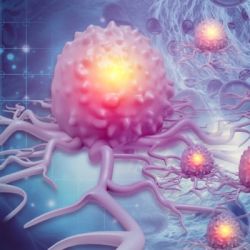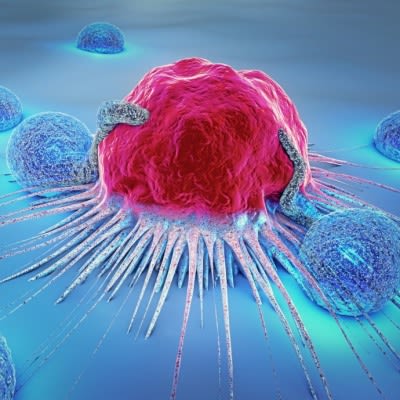Cancer is a disease that, if left untreated, can progress and spread rapidly and cause death.
Breast cancer has a diverse range of pathological entities and can incorporate indolent to aggressive legions. It can have varying histological patterns, clinical presentations, treatment responses and outcomes.
Timely screening is essential, and intervening at the right time can reduce mortality. That is why it is important to change the methodology of breast cancer screening and increase focus on early and accurate diagnosis.
Breast cancer is a heterogeneous disease. Some lesions never progress to cancer and may only require close monitoring. Evolving systemic therapies and molecular tools can help reduce the burden of low-risk tumours.
Breast screening should detect relevant cancers and not waste time and resources or increase patient anxiety for lesions that are unlikely to cause any harm to the patient.
Early screening is critical. Two-dimensional full-field digital mammography (FFDM) is the imaging basis of breast screening. Integrated FFDM and digital breast tomosynthesis (DBT) improve breast-cancer detection. It is important to keep in mind that mammography is an imperfect science. In women with dense fibroglandular tissue, the sensitivity and specificity are lower than in those with more radiolucent breasts. Mammographic screening is also less effective in women who use hormone replacement therapy, those with previous breast surgery, and women with lower body weight. That is why the effect of mammography screening on breast cancer mortality reduction varies significantly.
There is also the risk of overdiagnosis and identification of tumours that are unlikely to become symptomatic within the patient's lifetime. Also, overdiagnosis can result in increased assessment and false positive recalls. It is reported that recall leads to tissue sampling in approximately 50% of females. It is thus important to use screening methodologies that identify small high-grade lesions likely to influence patient outcomes.
Genomics and biomarkers can provide additional information. But genomic subtype analysis may not always be practical or cost-effective.
Keeping in mind the heterogeneity of breast pathologies histologically and genomically and their variable behaviours and outcomes, tailored approaches should be used for detecting, classifying and managing breast cancer. Personalised medicine is critical for breast cancer diagnosis and management. It can help tailor clinical management and treatment according to the severity of the disease.
Artificial intelligence (AI) systems can surpass human experts in breast cancer prediction on FFDM. Data show reductions of 5.7 and 1.2% in false positives and 9.4 and 2.7% in false negatives with AI. Ai systems can maintain non-inferior performance and help reduce workload.
The incidence of invasive breast cancer continues to increase. However, nearly 30% of screen-detected invasive breast cancers are low risk. The future lies in risk-based screening and identifying women who can benefit from frequent screening and those for whom less screening is the best strategy. The use of modalities other than mammography can facilitate the detection of malignancy in dense breast tissue, identify biologically significant lesions and lead to more tailored screening regimens. Imaging with low-dose mammography, contrast-enhanced mammography, automated whole breast ultrasound, molecular imaging and/or MRI could contribute to breast screening programmes. In addition, high-quality data capture is essential.
For more Women's Health newsClick here
Source: The British Journal of Radiology
References:
Lyburn ID, Pinder SE (2020) Screening detects a myriad of breast disease - refining practice will increase effectiveness and reduce harm. Br J Radiol. 1;93(1115):20200135. doi: 10.1259/bjr.20200135.






.jpg)





















